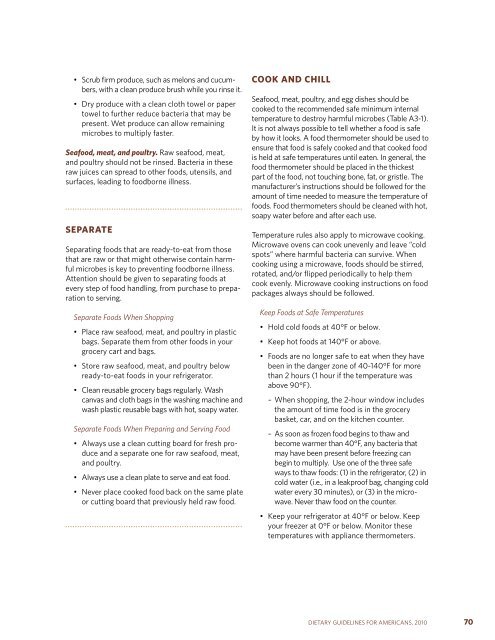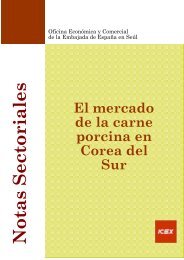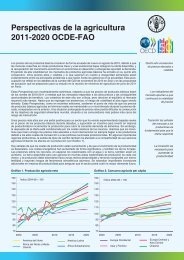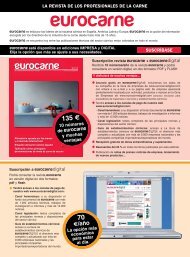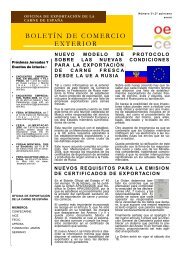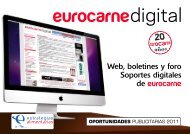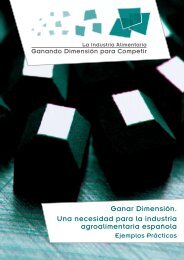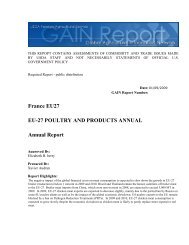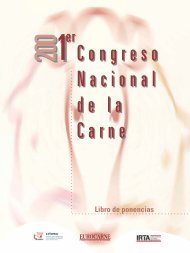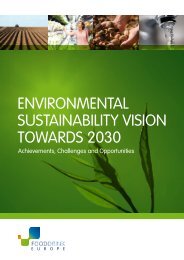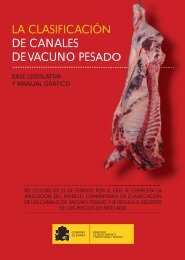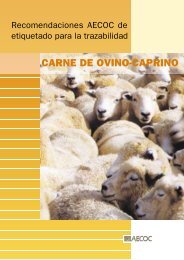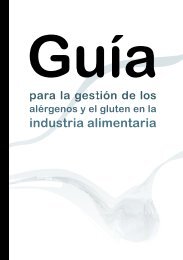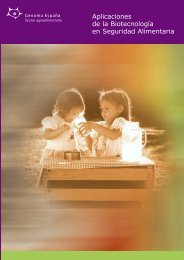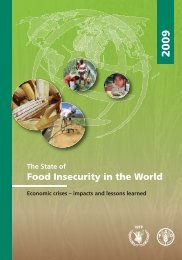Dietary Guidelines for Americans - SchoolNutritionAndFitness.com
Dietary Guidelines for Americans - SchoolNutritionAndFitness.com
Dietary Guidelines for Americans - SchoolNutritionAndFitness.com
- No tags were found...
You also want an ePaper? Increase the reach of your titles
YUMPU automatically turns print PDFs into web optimized ePapers that Google loves.
• Scrub firm produce, such as melons and cucumbers,with a clean produce brush while you rinse it.• Dry produce with a clean cloth towel or papertowel to further reduce bacteria that may bepresent. Wet produce can allow remainingmicrobes to multiply faster.seafood, meat, and poultry. Raw seafood, meat,and poultry should not be rinsed. Bacteria in theseraw juices can spread to other foods, utensils, andsurfaces, leading to foodborne illness.seParateSeparating foods that are ready-to-eat from thosethat are raw or that might otherwise contain harmfulmicrobes is key to preventing foodborne illness.Attention should be given to separating foods atevery step of food handling, from purchase to preparationto serving.Separate Foods When Shopping• Place raw seafood, meat, and poultry in plasticbags. Separate them from other foods in yourgrocery cart and bags.• Store raw seafood, meat, and poultry belowready-to-eat foods in your refrigerator.• Clean reusable grocery bags regularly. Washcanvas and cloth bags in the washing machine andwash plastic reusable bags with hot, soapy water.Separate Foods When Preparing and Serving Food• Always use a clean cutting board <strong>for</strong> fresh produceand a separate one <strong>for</strong> raw seafood, meat,and poultry.• Always use a clean plate to serve and eat food.• Never place cooked food back on the same plateor cutting board that previously held raw food.cook and chillSeafood, meat, poultry, and egg dishes should becooked to the re<strong>com</strong>mended safe minimum internaltemperature to destroy harmful microbes (Table A3-1).It is not always possible to tell whether a food is safeby how it looks. A food thermometer should be used toensure that food is safely cooked and that cooked foodis held at safe temperatures until eaten. In general, thefood thermometer should be placed in the thickestpart of the food, not touching bone, fat, or gristle. Themanufacturer’s instructions should be followed <strong>for</strong> theamount of time needed to measure the temperature offoods. Food thermometers should be cleaned with hot,soapy water be<strong>for</strong>e and after each use.Temperature rules also apply to microwave cooking.Microwave ovens can cook unevenly and leave “coldspots” where harmful bacteria can survive. Whencooking using a microwave, foods should be stirred,rotated, and/or flipped periodically to help themcook evenly. Microwave cooking instructions on foodpackages always should be followed.Keep Foods at Safe Temperatures• Hold cold foods at 40°F or below.• Keep hot foods at 140°F or above.• Foods are no longer safe to eat when they havebeen in the danger zone of 40-140°F <strong>for</strong> morethan 2 hours (1 hour if the temperature wasabove 90°F).– When shopping, the 2-hour window includesthe amount of time food is in the grocerybasket, car, and on the kitchen counter.– As soon as frozen food begins to thaw andbe<strong>com</strong>e warmer than 40°F, any bacteria thatmay have been present be<strong>for</strong>e freezing canbegin to multiply. Use one of the three safeways to thaw foods: (1) in the refrigerator, (2) incold water (i.e., in a leakproof bag, changing coldwater every 30 minutes), or (3) in the microwave.Never thaw food on the counter.• Keep your refrigerator at 40°F or below. Keepyour freezer at 0°F or below. Monitor thesetemperatures with appliance thermometers.DIETARY GUIDELINES FOR AMERICANS, 2010 70


